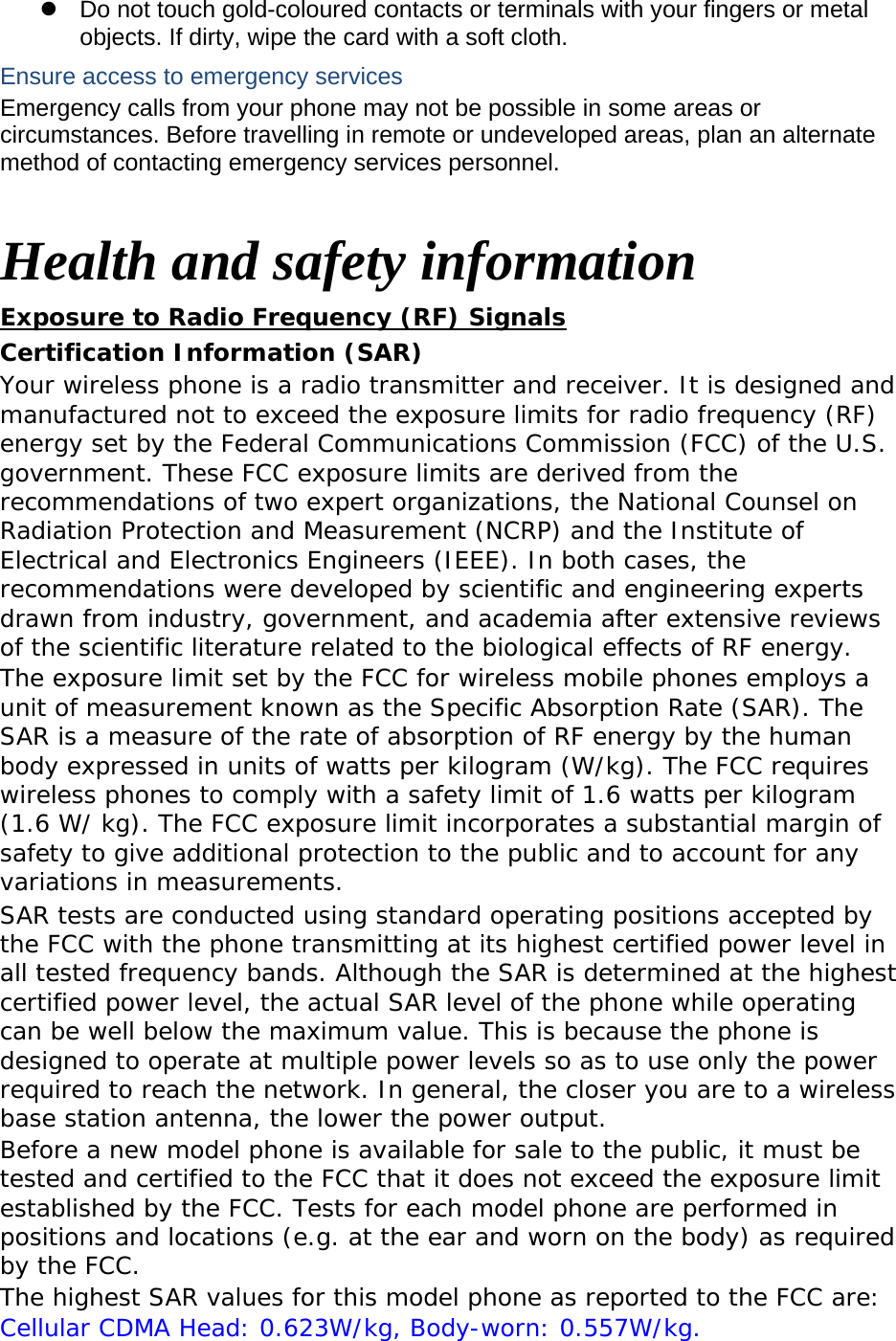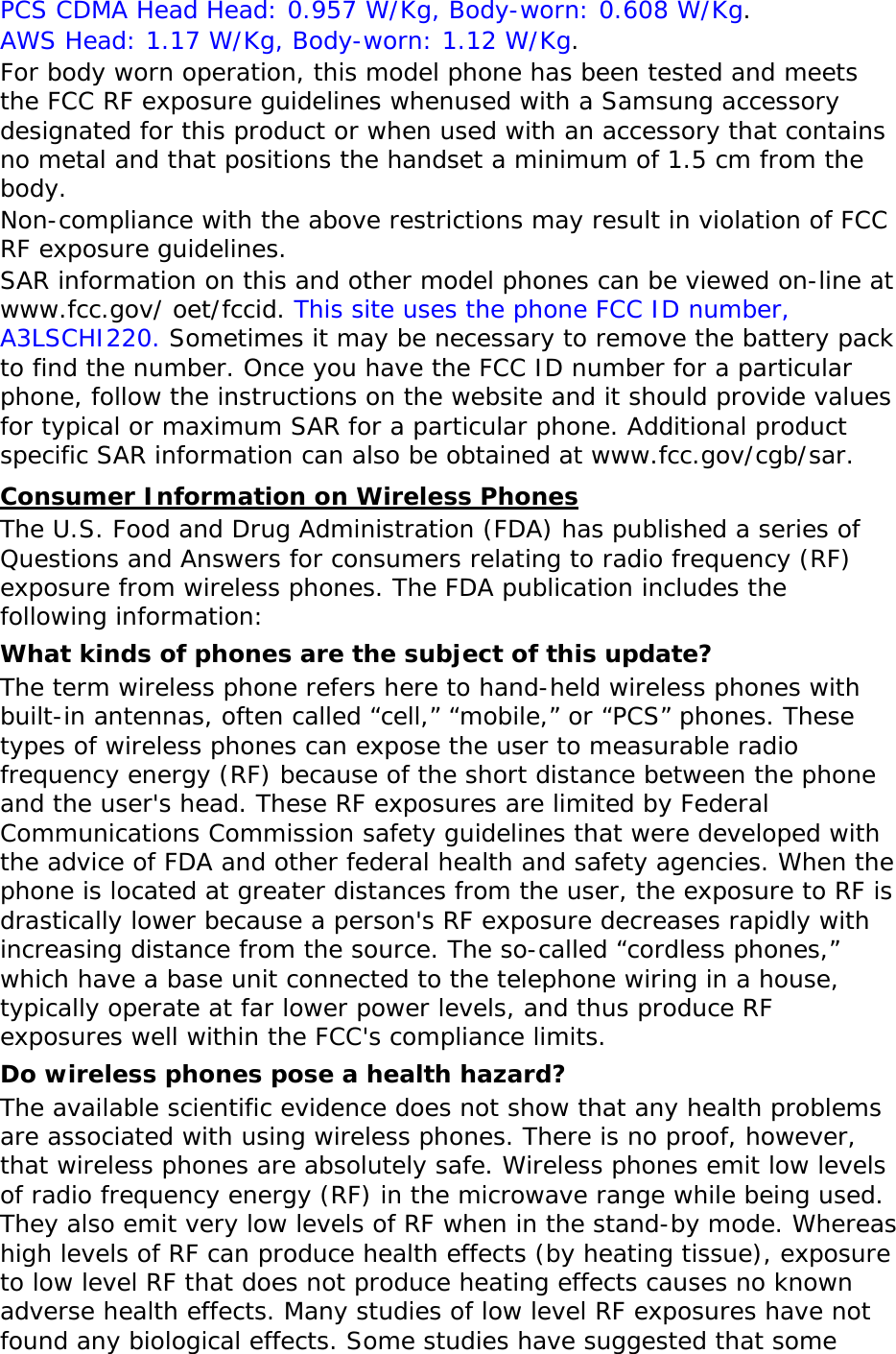Samsung Electronics Co SCHI220 Cellular/PCS/AWS CDMA Phone with Bluetooth User Manual Revised Users Manual Insert
Samsung Electronics Co Ltd Cellular/PCS/AWS CDMA Phone with Bluetooth Revised Users Manual Insert
Contents
- 1. Users Manual
- 2. Users Manual Insert
- 3. Revised Users Manual Insert
Revised Users Manual Insert

